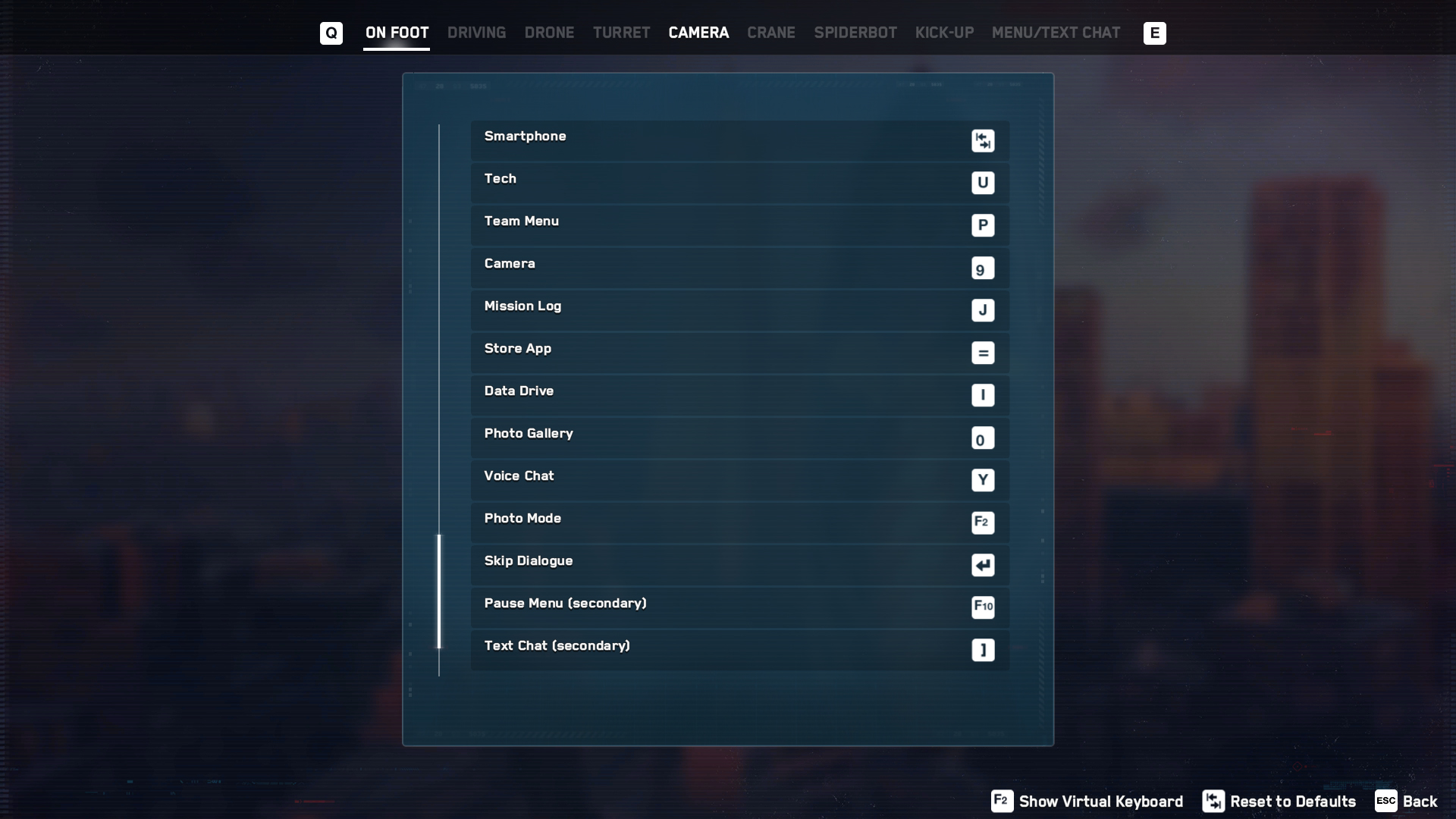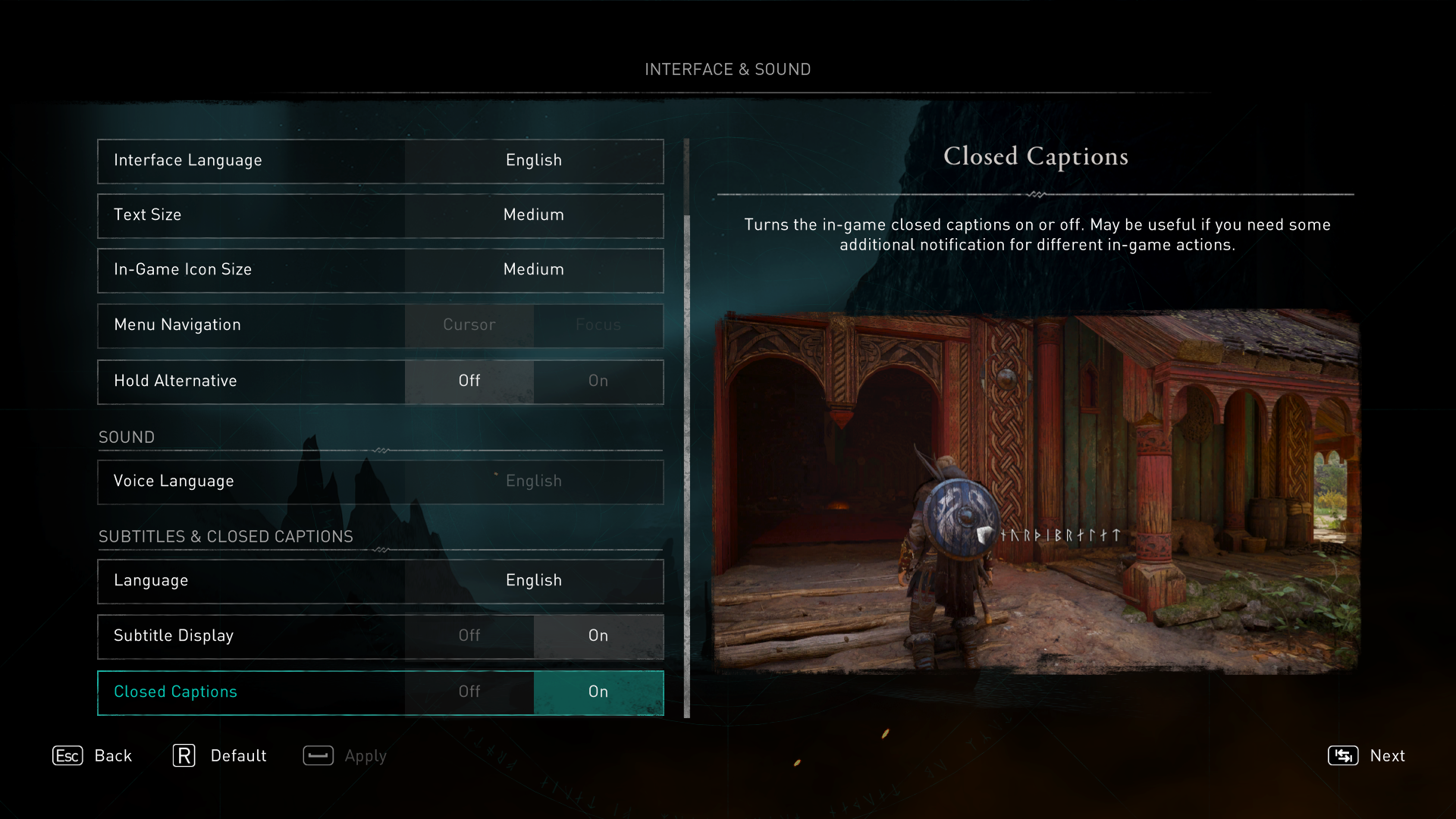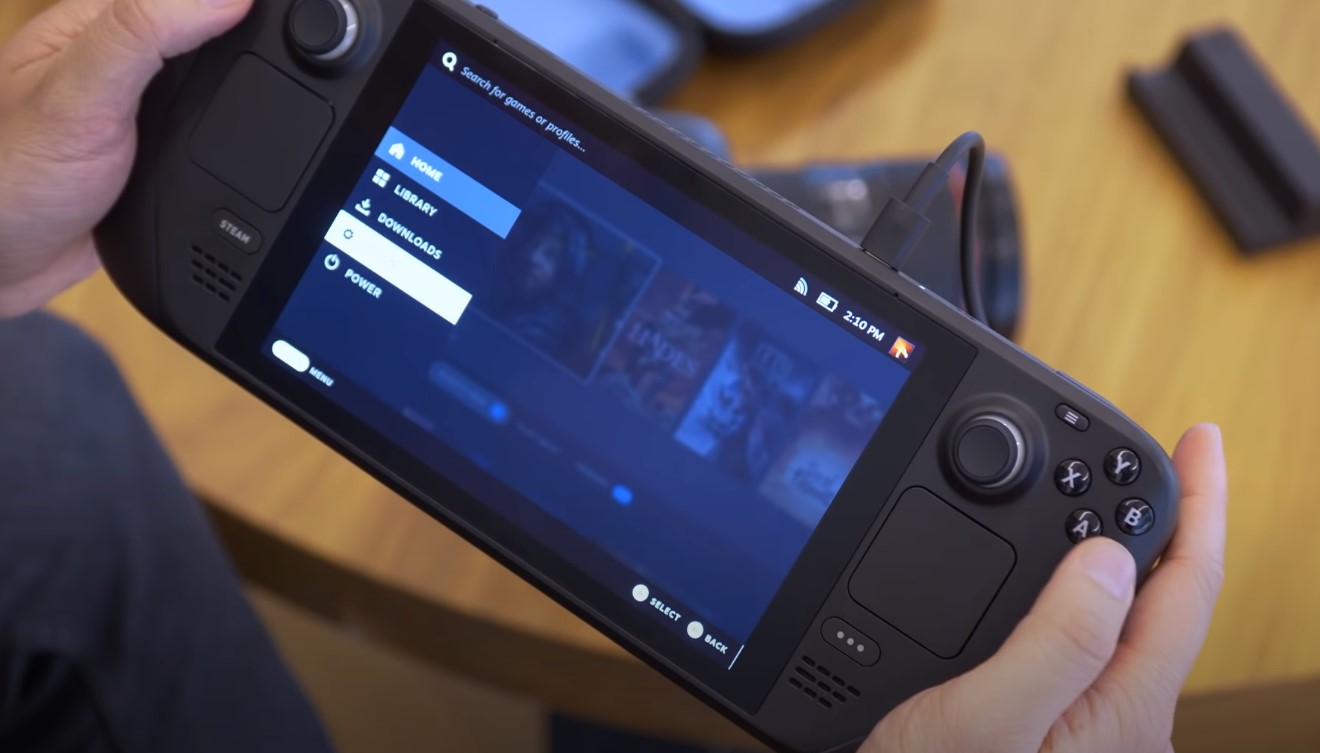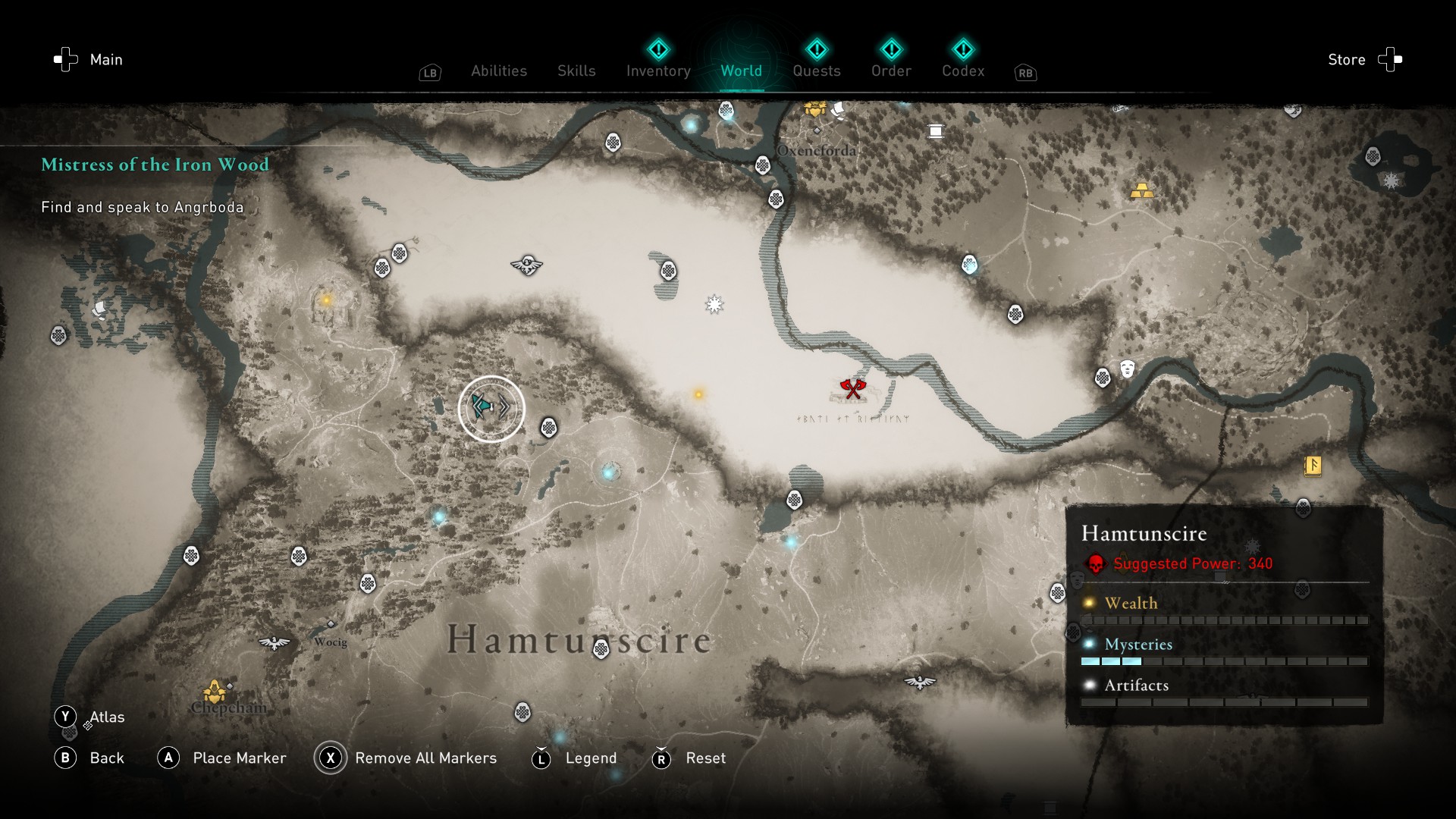5 often overlooked videogame accessibility features
Very useful options that are too often left out of games.
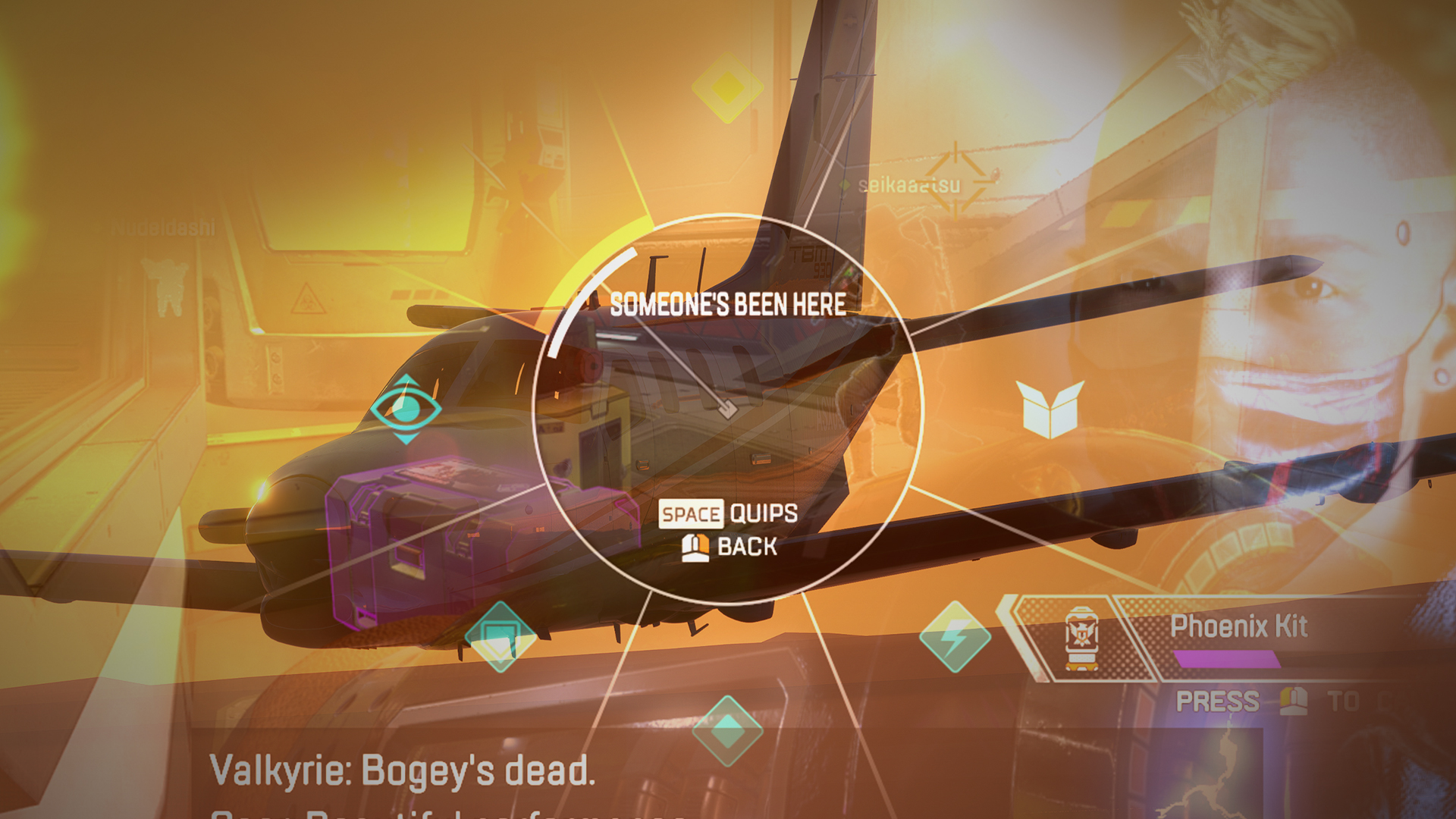
The game accessibility features that get the most attention are naturally the big ones, such as high contrast modes, subtitles, and Xbox Adaptive Controller support. Tucked away within most games, however, are subtler features that are often taken for granted. Not everyone is aware that these simple options are in fact accessibility features in the first place.
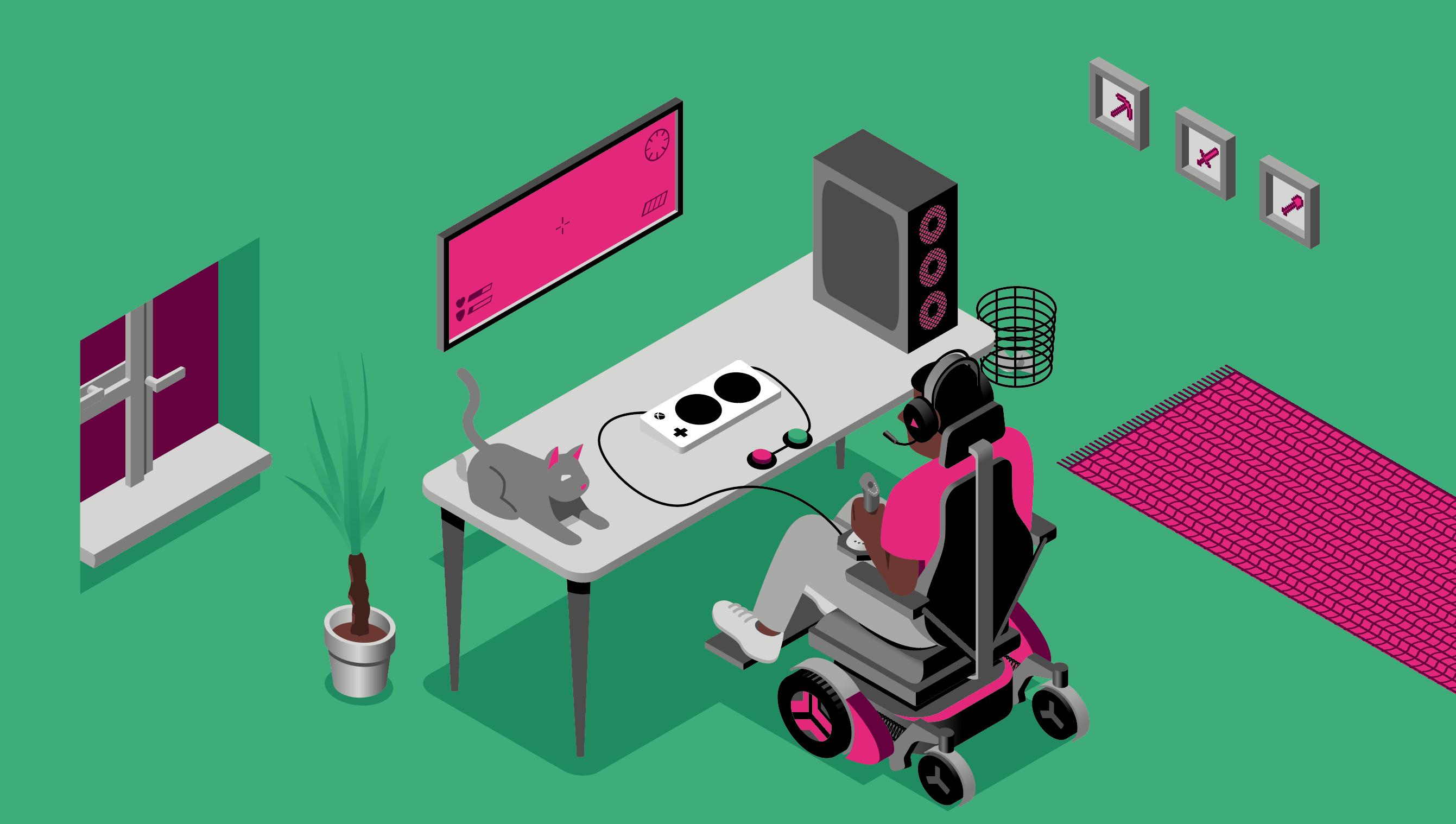
This feature is part of PC Gamer's Accessibility Week, running from August 16, where we're exploring accessible games, hardware, mods and more.
There are also many, many accessibility problems that are overlooked, such as text size being below average, blind accessibility not being attempted, and excess information and clutter causing cognitive overload. The five features we've highlighted here don't address every under-discussed issue in games, but they do illustrate how seemingly minor settings can make a big difference.
Game studios in general are getting more innovative with accessibility, but it’s not always the big, widely talked about features that make the biggest difference. Sometimes it’s the simplest things that can change a game from unplayable to playable for someone with disabilities.
Remappable menu controls
Control remapping is useful for everyone. It's the screen you look for when you need to remember a forgotten input, or a place to remap crouch from C to Ctrl. However, the majority of the time remapping only applies to gameplay inputs, which can create difficulties for players with mobility disabilities.
When a game, such as Watch Dogs Legion or Microsoft Flight Simulator, offers ways to remap everything, from the Esc key function to switching tabs in the inventory, disabled players don't have to constantly switch between the inputs they're comfortable with and the menu inputs they weren't able to change, which at the least can cause fatigue.
This level of remapping isn’t very common yet. Ideally, no input in a game should be hardcoded. Requiring a player to specifically press one button even just to start the game up past the title screen is a big no.
Previews for visual adjustments
It's always fantastic to see a variety of visual customization options in games. Perhaps you’d like to reduce the background opacity of subtitles or make the HUD elements a bit darker? Maybe you’d prefer bold text over regular? Maybe you can set colors for different markers?
Keep up to date with the most important stories and the best deals, as picked by the PC Gamer team.
Having these options is great, but usually there's no example shown in the settings, which means players have to go back and forth between the menu and game to see the changes. It’s a tiring process, especially when trying to customize elements that only appear in certain parts of the game. If the subtitles are illegible for someone, they may not know until they're already in the middle of a cutscene that's hard to return to.
Newer games Ratchet and Clank: Rift Apart and Assassin’s Creed Valhalla include settings previews, as did Life if Strange, so it's becoming more common.
Manual saving

Ben Bayliss has written about about accessibility for DualShockers, GamesRadar+, GamesIndustry.biz, Wireframe, and more, and is the editor in chief of caniplaythat.com.
There are many ways a game can handle saving: timed autosave functions, checkpoints, Returnal situations where saves don’t exist, and so on. When progress can and can't be preserved is part of the design of a game, and changes how it feels. But a once-common feature, the ability to save manually (in older PC games, you could often "quicksave" at any time), is always welcome even if it's an optional toggle, as it can make a game a lot more accessible.
For some players, disabled or not, games can be tiring, and concerns in the physical world can interrupt at any time. Games that might otherwise be enjoyable can become unplayable when short sessions aren't an option, so the ability to take things at one's own pace is important, and manual saving doesn't have to replace whatever save system a game includes—it can augment it. On consoles, the ability to suspend a game and return to the same point later is a good example. That's a feature Valve is including in the Steam Deck, too.
For those who need it, though, it's even better when a game offers the ability to truly save at any time.
Ping and quick chat systems
Ping systems have been around for a while and are something that I particularly love to see in games as a Deaf player who usually avoids voice communications. It made playing Left 4 Dead less daunting, and Battlefield 2142 more communicative.
Since then, games have worked wonders with ping and chat systems, Apex Legends specifically going above and beyond, having nearly every interactive item pingable with various lines of dialogue. Sea of Thieves also has a wonderful chat wheel to issue commands or fun bits of chat. While these are great for players who don’t feel like talking or don’t have the equipment, they’re also features that can help d/Deaf or hard of hearing players be more involved, and like Apex Legends, the more in-depth they are without being overwhelming, the better.
Colored inputs
For years, the Xbox and PlayStation buttons have been associated with colors, and that's how many players know what to press when they see a colored button prompt. However, in a bid to be more sleek, minimalist, and modern, colors are being downplayed these days. For example, the Xbox gamepad did away with full-colored buttons and instead has colored letters—although the latest Design Lab controllers have reintroduced full-color button options. Meanwhile, PlayStation’s DualSense controller has shifted to black and white.
The result of these shifts has also moved into game design. Assassin’s Creed Valhalla, Back 4 Blood, and Anthem are a few games which use minimalist button prompts. However, colored prompts are massively useful for many players, including some for whom letters are more difficult to process.
